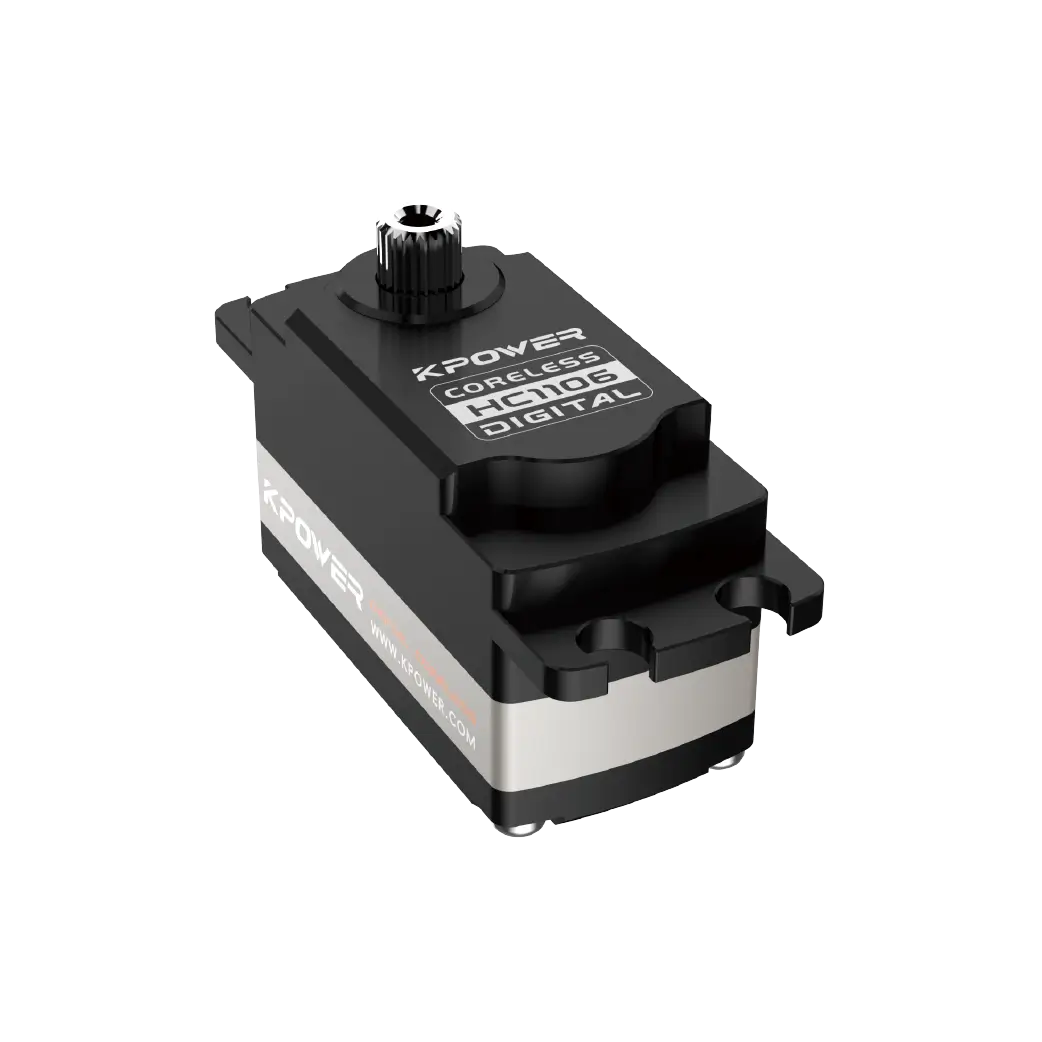The Anatomy of Precision: Breaking Down DC Servo Motor Design
When you think of machines that power robotic arms, CNC machines, or even camera stabilizers, DC servo motors are the unsung heroes. These compact devices convert electrical energy into precise mechanical motion, but their real magic lies in their construction. Let’s dissect what makes these motors tick—literally.

Core Components: Stator, Rotor, and the Dance of Magnetic Fields
At the heart of every DC servo motor is the stator—the stationary outer shell lined with permanent magnets or electromagnets. This component generates a fixed magnetic field, creating the "stage" for motion. Nestled inside is the rotor (or armature), a rotating core made of laminated steel to minimize energy loss. The rotor’s windings, typically copper coils, interact with the stator’s magnetic field to produce torque.
The relationship between stator and rotor is like a perfectly choreographed dance. When current flows through the rotor windings, it generates its own magnetic field. The push-pull interaction between these fields causes the rotor to spin. But without precise control, this dance would be chaotic. That’s where the commutator and brushes come in.
The Commutator: A Conductor’s Baton
The commutator—a segmented copper cylinder attached to the rotor—acts as a mechanical switch. Paired with carbon brushes, it reverses the current direction in the rotor windings as the motor spins. This ensures continuous rotation by maintaining alignment between the rotor’s magnetic field and the stator’s fixed field. Early DC motors relied heavily on this design, but wear and tear on brushes led to innovations like brushless variants.
Bearings and Housing: Guardians of Longevity
Surrounding these components are bearings and a robust housing. Bearings reduce friction between rotating and stationary parts, while the housing shields internal components from dust, moisture, and mechanical stress. Materials matter here: aluminum housings offer lightweight durability, while stainless steel variants excel in corrosive environments.
Why Construction Matters in Real-World Applications
In robotics, a DC servo motor’s compact stator-rotor design allows for high torque in tight spaces. For medical devices like MRI machines, the absence of magnetic interference (achieved through careful material selection) is critical. Even your smartphone’s vibration motor shares DNA with these principles—just on a microscopic scale.
But this is only half the story. The true genius of DC servo motors lies in their marriage of mechanics and intelligence. Stay tuned for Part 2, where we’ll explore feedback systems, control electronics, and how modern materials are pushing these motors to new frontiers.
Beyond Rotation: The Brains and Brawn of Modern DC Servo Motors
If Part 1 was about the "body" of a DC servo motor, Part 2 dives into its "nervous system." Today’s motors aren’t just dumb rotors—they’re smart, adaptive machines. Let’s unravel the tech that lets them self-correct, communicate, and outperform their predecessors.
Feedback Systems: The Motor’s Sixth Sense
A basic DC motor spins when powered; a servo motor does so with purpose. The key difference? Feedback devices like encoders or resolvers. These components monitor the rotor’s position, speed, and torque in real time, sending data to a controller. If the motor deviates from its target performance, the controller adjusts voltage or current to course-correct.
Optical encoders use light and photodetectors to track rotation. Hall-effect sensors detect magnetic field changes for brushless motors. Resolvers employ electromagnetic induction for rugged environments (e.g., aerospace).
This closed-loop system is why robotic arms can repeat movements with micrometer precision—even after 10,000 cycles.
Control Electronics: The Invisible Puppeteer
The motor’s brain isn’t in the rotor; it’s in the drive circuitry. Modern servo drives use pulse-width modulation (PWM) to regulate power delivery. By rapidly switching voltage on and off, they mimic analog control with digital efficiency. Advanced drives even incorporate microprocessors for predictive adjustments.
For example, in a drone’s gimbal, the controller anticipates sudden movements and tweaks motor output before vibration occurs. This proactive approach reduces lag—a game-changer for real-time applications.
Materials Innovation: Lighter, Stronger, Smarter
Traditional servo motors relied on iron and copper, but material science has rewritten the rules:
Neodymium magnets in stators provide stronger fields with less bulk. Carbon fiber-reinforced rotors reduce inertia for faster acceleration. Ceramic bearings withstand extreme temperatures in industrial furnaces.
These upgrades aren’t just incremental—they’re transformative. Electric vehicles leverage lightweight servo motors for steering systems, cutting energy use without sacrificing responsiveness.
Thermal Management: Keeping Cool Under Pressure
High-performance motors generate heat, and excess heat kills efficiency. Engineers combat this with:
Liquid cooling channels in motor housings. Phase-change materials that absorb heat during overloads. Smart thermal monitoring via embedded sensors.
In data centers, servo-driven cooling fans use these features to adjust airflow dynamically, slashing energy costs by 30%.
Customization: One Size Doesn’t Fit All
Not all servo motors are created equal. A motor for a Mars rover prioritizes radiation resistance, while one in a food processing plant needs waterproofing. Manufacturers now offer modular designs, letting clients mix and match components like LEGO blocks.
The Future: Where Do We Go From Here?
Emerging trends like AI-driven predictive maintenance and graphene-based windings promise to redefine DC servo motors. Imagine a motor that emails you a maintenance report—or heals its own minor wear.
Conclusion: Small Parts, Big Impact
From the commutator’s humble copper segments to AI-enhanced drives, DC servo motor construction is a testament to human ingenuity. These devices don’t just move machinery; they enable progress. Whether you’re sipping coffee brewed by a servo-driven machine or boarding a servo-stabilized elevator, their precision is everywhere—quietly, relentlessly, keeping the world in motion.











































